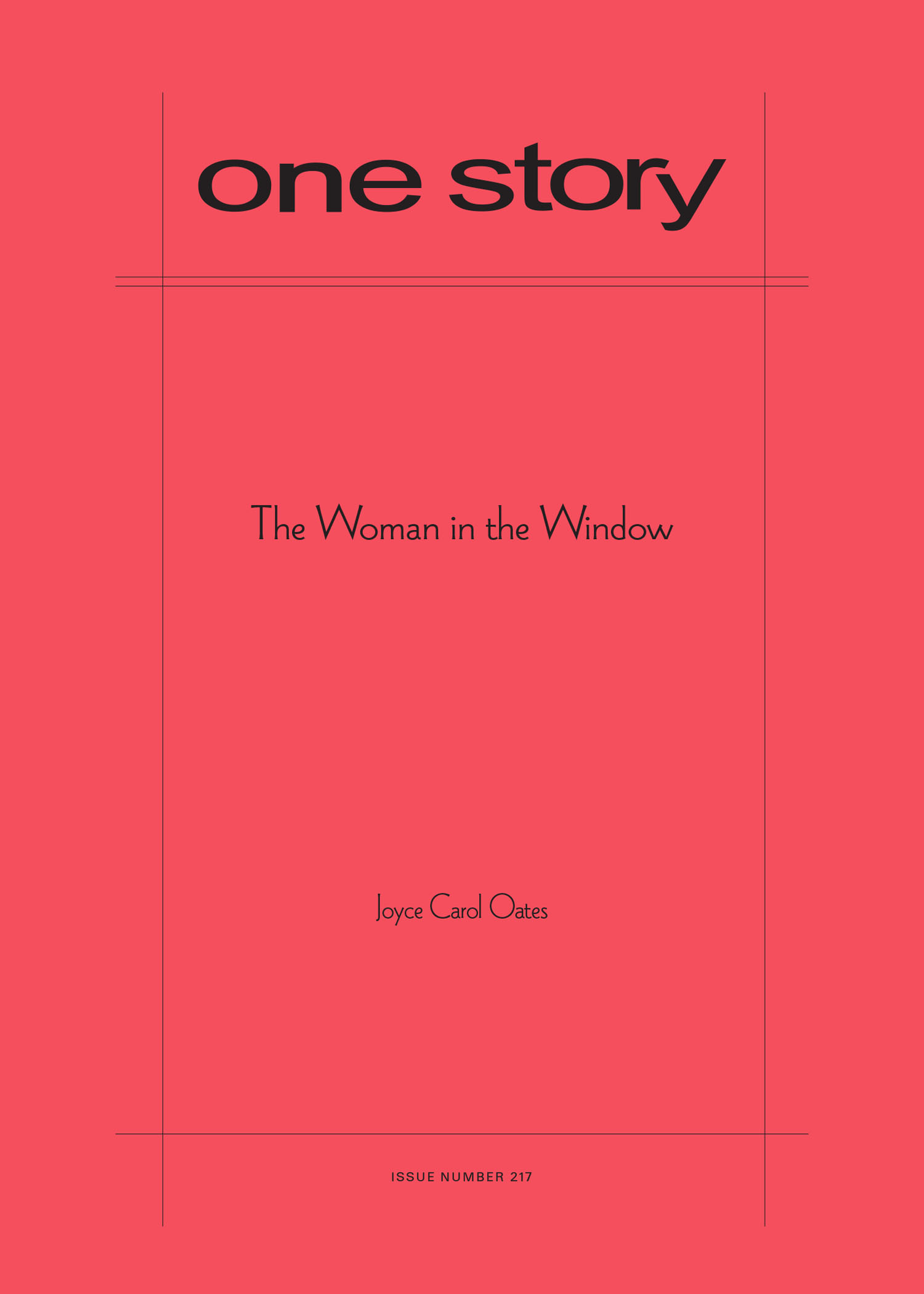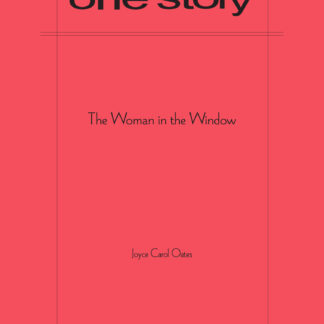
The Woman in the Window
$2.50
65 in stock
Excerpt
Beneath the cushion of the plush blue chair she has hidden it.
Almost shyly her fingers grope for it, then recoil as if it were burning-hot.
No! None of this will happen, don’t be ridiculous.
It is eleven a.m. He has promised to meet her in this room in which it is always eleven a.m.
She’s doing what she does best: waiting.
In fact, she is waiting for him in the way that he prefers: naked. Yet wearing shoes.
Nude he calls it. Not naked.
(Naked is a coarse word! He’s a gentleman and he feels revulsion for vulgarity. Any sort of crude word, mannerism—in a woman.)
She understands. She herself disapproves of women uttering profanities.
Only when she’s alone would she utter even a mild profanity—Damn! God damn. Oh hell…
Only if she were very upset. Only if her heart were broken.
He can say anything he likes. It’s a masculine prerogative to say the coarsest cruelest words uttered with a laugh—as a man will do.
Though he might also murmur—Jesus!
Not profanity but an expression of awe. Sometimes.
Jesus! You are beautiful.
Joyce Carol Oates
Joyce Carol Oates is the author of most recently the novel The Man Without a Shadow, the story collection The Doll-Master, and (forthcoming, Fall 2016) Soul at the White Heat: Inspiration, Obsession, and the Writing Life. In fall 2016 she will be Visiting Distinguished Professor in the Graduate Writing Program at New York University.
Patrick Ryan on “The Woman in the Window”
Paintings with people in them always suggest a narrative. Part of the fun of looking at, say, Vermeer’s Girl Reading a Letter at an Open Window is wondering what the story is behind the image. Why does this pregnant woman reading the letter look so sad? Who is the letter from? Is it bad news? Maybe from the unborn child’s father? We can’t help but wonder about the context and start filling in the blanks. But it takes an imagination as colossal as Joyce Carol Oates’ to look at Edward Hopper’s painting, Eleven A.M. and create the story you’re about to read.
In the painting, a woman—naked but for a pair of high-heeled shoes—sits in a chair and stares out through an open window. The woman seems to be waiting for something. The title of the painting tells us only the time of day. As Oates reveals in her interview with One Story, one of her starting points in writing about this woman is that she is forever trapped in her waiting; it is, forever, eleven a.m.
Waiting for what? Waiting for whom?
We’re honored to welcome Joyce Carol Oates into the One Story family, and we’re delighted to present to you “The Woman in the Window.”
Q&A by Patrick Ryan
- PR: This story was inspired by the Edward Hopper painting Eleven A.M. Did it come to you while you were looking at the painting, or more like an afterimage?
- JO: I’d worked on this for quite a while. In fact, initially it was a poem—in fact, a poem published in the New Yorker. But the prose version is much deeper, denser, with an alternate point of view.
- PR: There’s only one figure in the painting. In the story, did you give any thought to sticking to the woman’s perspective, or was the intention always to go into the man’s perspective too?
- JO: The story came to me as a kind of waking dream of the woman’s: she may well be imagining her lover’s thoughts about her. In her perpetual state of suspension in Hopper’s work of art, she has become an intense, obsessive dreamer.
- PR: Did anything surprise you in writing “The Woman in the Window”? For example, once you started writing about the man, did you know he was going to have such a violent past?
- JO: The story evolved over a period of time, perhaps two weeks. It is usually the case that a character’s past self fills in, as one develops him; it’s like a dream in which initially things seem thin and sketchy but, as you stare at them, they begin to solidify, to take on weight, depth and substance. Some patience is required for this “filling-in”—one doesn’t want to write too quickly.
- PR: Have you given any thought to what happens in this room at the Maguire at, say, twenty minutes past eleven?
- JO: It is a suspension. Nothing will happen because it is always 11 AM—that is the hell for both individuals.
- PR: What are you working on now?
- JO: Coincidentally, I am working on assembling a collection of stories titled The Woman in the Window. At this very moment, when I received your welcome email.
- PR: What is the best bit of advice about writing you have ever received?
- JO: Thoreau once famously said he’d never received the slightest bit of helpful advice from his elders. Certainly this wasn’t true, for we know how Thoreau revered Ralph Waldo Emerson; but there is something to this. Young writers and artists generally are going to express themselves in any case—advice, or admonitions, from others will not really help. However, “Don’t be discouraged” is probably a very good mantra. And in another context, after my first husband Ray Smith died suddenly, my dear friend Gloria Vanderbilt consoled me: “One breath at a time, Joyce. One breath at a time.” This is applicable to all of our lives, to our moments of crisis as well as our moments of calm: One breath at a time.
